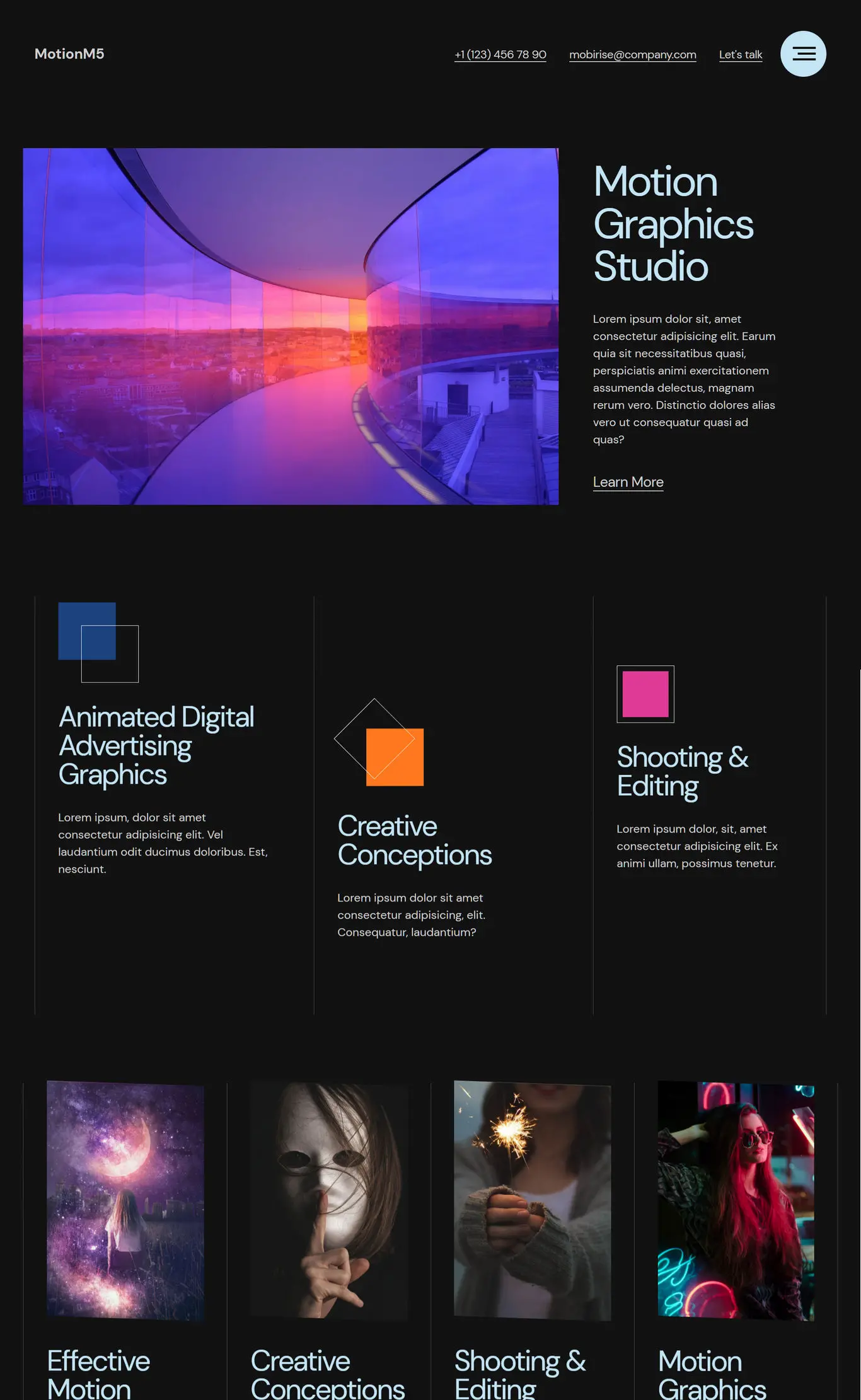Top AI Code Debuggers for Efficient Error Resolution
AI code debuggers are advanced tools designed to streamline the process of identifying and fixing errors in programming. Utilizing machine learning algorithms, these systems analyze code more efficiently than traditional debugging methods. They assist developers in pinpointing issues, suggesting corrections, and even optimizing performance. By integrating AI into the development workflow, programmers can significantly reduce time spent on debugging and focus more on innovation and functionality within their projects.





































